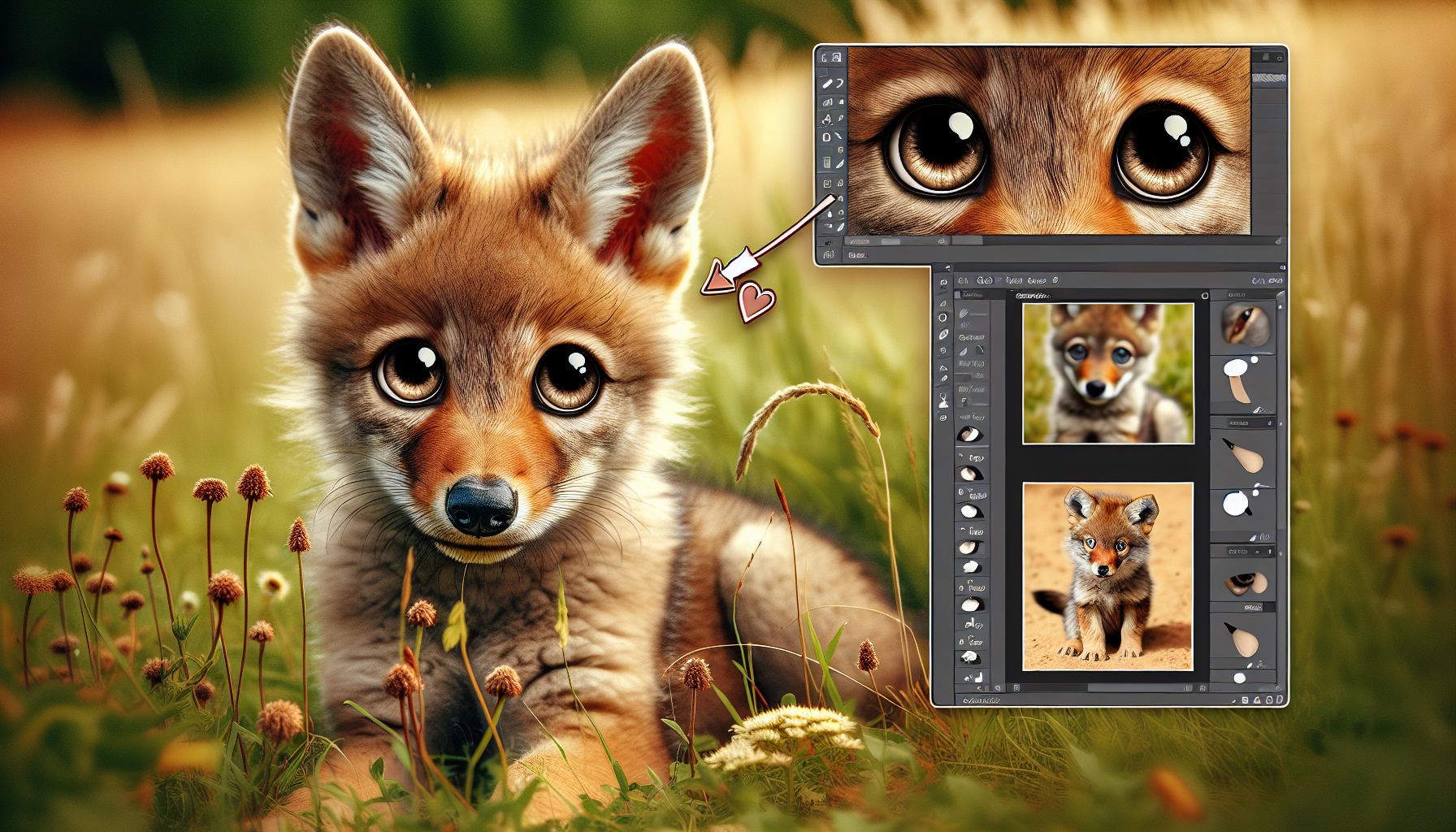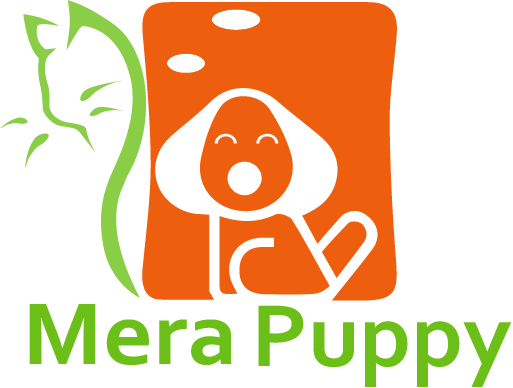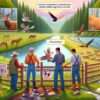- Empty cart.
- Continue Shopping
Coyotes Master Puppy Dog Eyes: New Study Reveals – Coyotes

Coyotes –
Coyotes Master Puppy Dog Eyes: New Study Reveals
In a fascinating discovery that blurs the line between wild and domestic canids, a recent study reveals that it have honed their ability to employ “puppy dog eyes,” a tactic previously thought to be unique to domestic dogs. This charming yet deceptive expression, characterized by raising their inner brows, seems to be a universal method of communication with humans, tapping into our natural affinity for adorable and vulnerable-looking creatures.
The Study: Coyotes’ Expressive Capabilities
The research conducted by scientists at [Insert Institution Name Here] sheds light on the facial expression dynamics of it, exploring the similarities and evolutionary benefits shared with domesticated dogs. Here’s what they discovered:
- Methodology: The study observed coyotes in controlled and natural habitats, employing both observational and behavioral analysis techniques to assess their expressive range.
- Findings: Coyotes were observed frequently using the inner brow-raising technique, a component of what is known as the “puppy dog eyes” look.
- Purpose: This expression appears to play a significant role in social interaction and communication, particularly when coyotes engage with humans.
Evolution of the Coyote Charm
While domestic dogs have been bred over thousands of years to communicate and coexist with humans, the presence of the “puppy dog eyes” in coyotes suggests a natural convergence in certain behaviors:
- Social Strategy: This expression might be used by coyotes as a survival strategy, endearing themselves to humans and reducing hostility.
- Functional Anatomy: Coyotes and dogs share similar facial structures, which facilitate the production of these expressions.
- Adaptive Benefits: The ability to express emotions or needs through facial expressions can strengthen social bonds and mutual understanding, making it a beneficial trait evolutionarily.
Implications of the Study
This groundbreaking research not only shifts our understanding of coyote behavior but also opens up intriguing questions regarding their interaction with humans and adaptation strategies. Here are some key implications:
- Conservation Efforts: Understanding coyote behavior and communication can enhance conservation strategies, helping to mitigate human-coyote conflicts.
- Human Perception: Recognizing the similar communicative skills can foster empathy and a better rapport between humans and these often misunderstood animals.
- Further Studies: It encourages further exploration into the social dynamics of other wild canids, potentially unraveling more evolutionary tales of co-adaptation with humans.
Coyotes in Popular Culture
Coyotes have long been depicted in popular culture as cunning, adaptable creatures. Understanding the reality behind their expressive capabilities adds another layer to their storied reputation:
- Media Portrayals: Often shown in cartoons and movies as tricksters, the study confirms that coyotes have indeed evolved complex social strategies.
- Native Myths: In numerous Indigenous cultures, the coyote is a revered symbol, sometimes depicted as a creator and other times as a clever manipulator.
Interacting with Urban Coyotes
Given the increasing prevalence of coyotes in urban areas, understanding these expressions can significantly aid in peaceful coexistence:
- Identification: Recognizing these expressions can help people identify when a coyote is in proximity, and remaining composed can avoid unnecessary escalation.
- Non-Verbal Communication: As humans, reacting to facial displays of animals can reflect our innate compassion, potentially reducing fear-based reactions.
- Shared Spaces: As urban boundaries increasingly overlap with wildlife territories, adopting a knowledgeable and respectful approach towards coexistence is crucial.
Conclusion
This study not only changes our perception of coyotes but also bridges the gap between wild and domestic life. While dogs have long been humanity’s companions with their expressive faces, coyotes remind us of the natural world’s adaptability and intelligence. Recognizing these traits fosters an understanding of our shared evolutionary history with wild animals and underscores the importance of empathy and respect in our interactions with them.
In an ever-changing environment, the “puppy dog eyes” look isn’t just a cute expression; it’s a testament to the continually evolving dance between humans and the natural world. As we learn more about these expressions and their impacts, one thing becomes clear: the coyote will continue to intrigue and surprise us with its clever capabilities.
“`
Unbelievable Discounts on Pet Accessories at Amazon!
Watch funny and cute dog videos!
Disclaimer:All images featured on this website are either sourced from free-to-use platforms, created by us, or used with permission. If you believe an image on this site violates copyright or your rights, please contact us, and we will address the issue promptly.

















